Animals
-
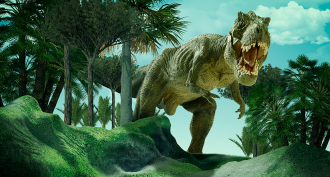 Animals
AnimalsTiny T. rex arms were built for combat
The fearsome T. rex had more than a mouth full of killer teeth. Its relatively tiny arms also could have served in close combat as powerful slashers.
-
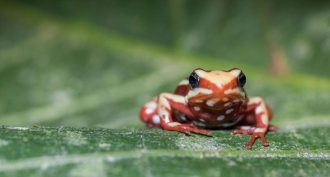 Animals
AnimalsHow these poison frogs avoid poisoning themselves
Genetic changes protect poison dart frogs from a toxin, but those changes also cause ripple effects.
-
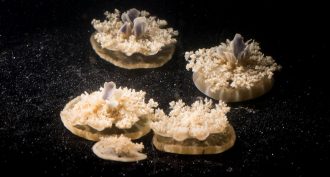 Animals
AnimalsSurprise! Some jellyfish appear to need their zzz’s
Some upside-down jellyfish are the first known creatures lacking a brain to enter a sleeplike state.
-
 Animals
AnimalsScientists Say: Luminescence
Light and heat don’t always have to go together! Luminescence is what occurs when a substance emits light without making heat.
-
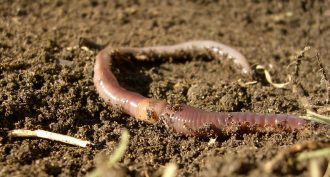 Plants
PlantsEarthworm invaders may be stressing out some maples
Worms are great for soil when ecosystems have evolved with them. But in earthworm-free places, like parts of the U.S. Upper Midwest, they can cause problems for plants and animals.
-
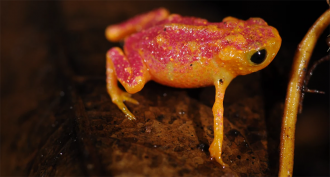 Animals
AnimalsPumpkin toadlets can’t hear themselves talk
Tiny orange frogs make soft chirping sounds in the forests of Brazil. Their ears, however, cannot hear them, a new study finds.
-
 Animals
AnimalsScientists Say: Vampire
Human vampires are found only in fiction. But vampire bats and moths are the real thing. These animals love the taste of blood, and some can’t live without it.
-
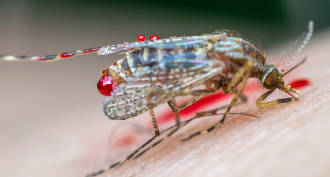 Animals
AnimalsSucking blood isn’t an easy life, even for vampires
Real vampires include bats, insects and even birds. And they’ve had to develop novel ways of dealing with a diet of blood.
By Susan Milius -
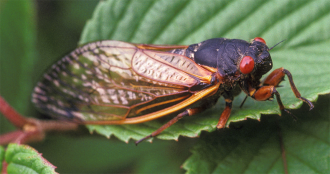 Chemistry
ChemistryWhy are cicadas such clumsy fliers?
Chemical clues in the cicada’s wing may help explain why the bulky insect is a lousy flier.
-
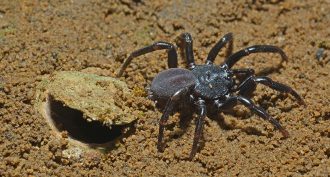 Animals
AnimalsTo become Australians, these spiders crossed an ocean
The ancestors of a species of trapdoor spider must have survived a journey from Africa, a new genetic analysis finds.
-
 Animals
AnimalsScientists Say: Dung
This word is used to refer to animal poop. You know, manure. Crap. Feces.
-
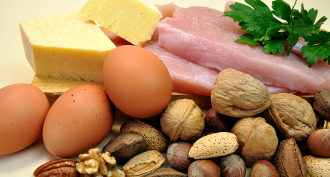 Life
LifeCool Jobs: Puzzling over proteins to study life and death
Scientists are using proteins to understand dinosaur family trees, to fight malnutrition with a peanut-butter mix in Africa and to make “Google maps” of human cells.
By Bryn Nelson